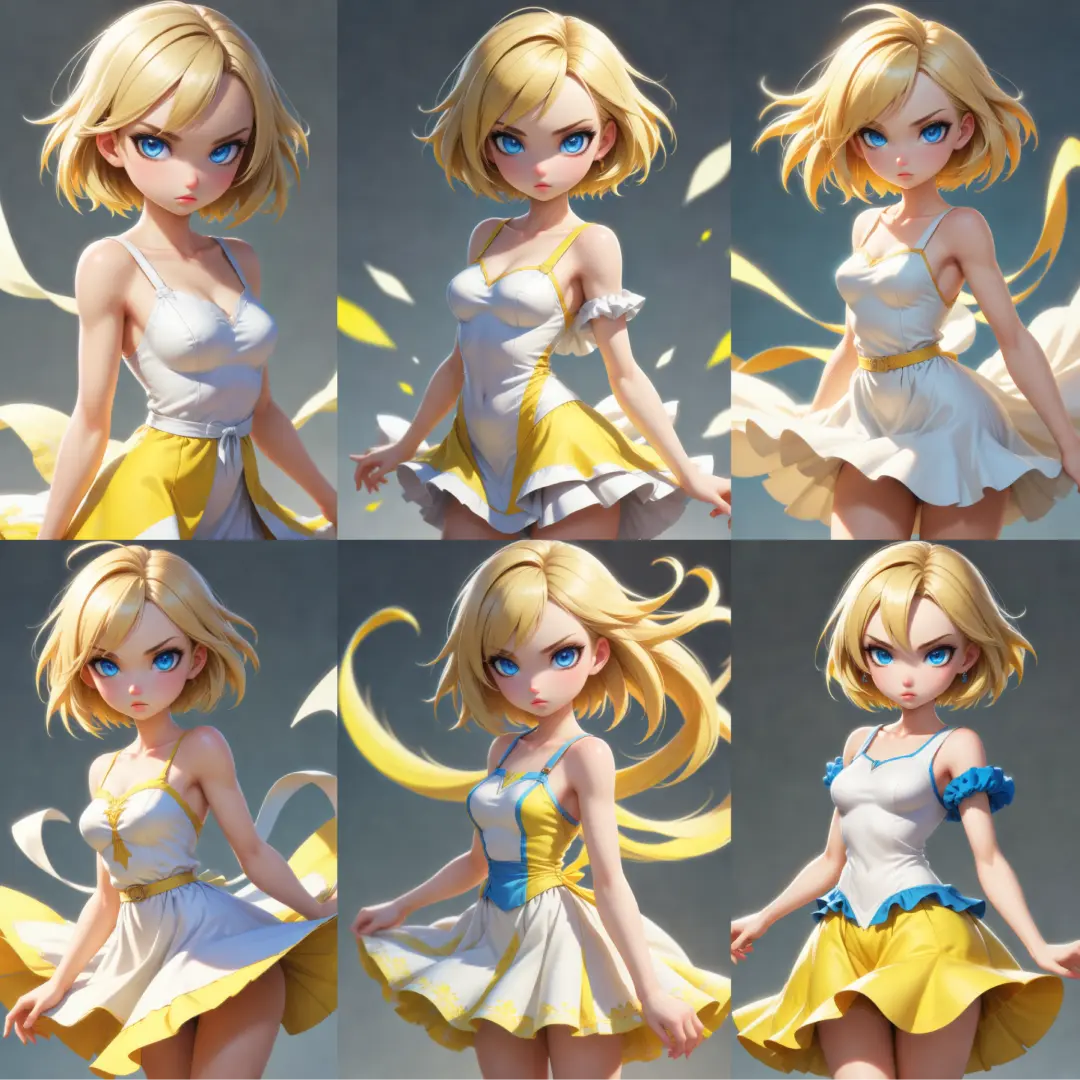ComfyUI Node: pipeLoraStack
ttN pipeLoraStack
Category🌏 tinyterra/pipe
TinyTerra (Account age: 905days) Extension
ComfyUI_tinyterraNodes Latest Updated
2025-03-14 Github Stars
0.49K
How to Install ComfyUI_tinyterraNodes
Install this extension via the ComfyUI Manager by searching for ComfyUI_tinyterraNodes- 1. Click the Manager button in the main menu
- 2. Select Custom Nodes Manager button
- 3. Enter ComfyUI_tinyterraNodes in the search bar
Visit ComfyUI Online for ready-to-use ComfyUI environment
- Free trial available
- 16GB VRAM to 80GB VRAM GPU machines
- 400+ preloaded models/nodes
- Freedom to upload custom models/nodes
- 200+ ready-to-run workflows
- 100% private workspace with up to 200GB storage
- Dedicated Support
pipeLoraStack Description
Enhance AI art generation with stacked LoRA models for nuanced transformations.
pipeLoraStack:
The ttN pipeLoraStack node is designed to enhance the capabilities of your AI art generation pipeline by integrating multiple LoRA (Low-Rank Adaptation) models. This node allows you to stack and apply various LoRA models to your base model, enabling more nuanced and complex transformations in your generated images. By leveraging the strengths of different LoRA models, you can achieve more refined and detailed outputs, making this node particularly useful for artists looking to push the boundaries of their creative projects. The node handles the loading and application of these models seamlessly, ensuring that the integration process is smooth and efficient.
pipeLoraStack Input Parameters:
lora_stack
This parameter accepts a list of LoRA models that you want to stack and apply to your base model. Each entry in the list should include the LoRA model name and its respective strengths for both the model and the clip. The LoRA models are applied in the order they are listed, allowing for cumulative effects. If no LoRA models are provided, the node will return the optional pipe without any modifications.
model_override
This optional parameter allows you to specify a different base model to which the LoRA models will be applied. If not provided, the node will use the model from the optional pipe.
clip_override
This optional parameter allows you to specify a different clip model to which the LoRA models will be applied. If not provided, the node will use the clip from the optional pipe.
optional_pipe
This parameter accepts an existing pipeline configuration that you want to modify by adding the specified LoRA models. If not provided, the node will create a new pipeline configuration.
num_loras
This parameter specifies the number of LoRA models you want to apply. It helps the node to iterate through the provided LoRA models and apply them sequentially.
mode
This parameter determines the mode of operation for applying the LoRA models. It can be set to "simple" or "advanced". In "simple" mode, the same strength is applied to both the model and the clip. In "advanced" mode, you can specify different strengths for the model and the clip.
pipeLoraStack Output Parameters:
new_pipe
This output parameter returns the new pipeline configuration after applying the specified LoRA models. It includes the updated model, clip, and other relevant settings, ensuring that the modifications are seamlessly integrated into your existing pipeline.
loras
This output parameter returns the list of LoRA models that were successfully applied to the pipeline. It provides a confirmation of the models used and their respective strengths, allowing you to verify the modifications made.
pipeLoraStack Usage Tips:
- To achieve the best results, carefully select and order your LoRA models based on the specific transformations you want to apply. Experiment with different combinations to find the most effective stack.
- Use the "advanced" mode if you need more control over the strengths applied to the model and the clip. This can help you fine-tune the effects and achieve more precise results.
- If you are unsure about the strengths to apply, start with lower values and gradually increase them to avoid overloading the model and clip with too much transformation at once.
pipeLoraStack Common Errors and Solutions:
Invalid LoRA format
- Explanation: This error occurs when the LoRA model string does not match the expected format.
- Solution: Ensure that your LoRA model strings follow the format
<lora:model_name:model_strength:clip_strength>. Double-check for any typos or missing parts.
Missing model or clip
- Explanation: This error occurs when the base model or clip is not provided and cannot be found in the optional pipe.
- Solution: Make sure to provide either a model_override or ensure that the optional_pipe contains a valid model and clip.
No LoRA models provided
- Explanation: This error occurs when no LoRA models are specified in the lora_stack or through the num_loras parameter.
- Solution: Provide at least one LoRA model in the lora_stack or specify the number of LoRA models using the num_loras parameter.
Incompatible LoRA strengths
- Explanation: This error occurs when the strengths provided for the LoRA models are not within acceptable ranges.
- Solution: Ensure that the strengths for the LoRA models are within the expected range (typically between 0.0 and 1.0). Adjust the values accordingly.
pipeLoraStack Related Nodes
RunComfy is the premier ComfyUI platform, offering ComfyUI online environment and services, along with ComfyUI workflows featuring stunning visuals. RunComfy also provides AI Models, enabling artists to harness the latest AI tools to create incredible art.


